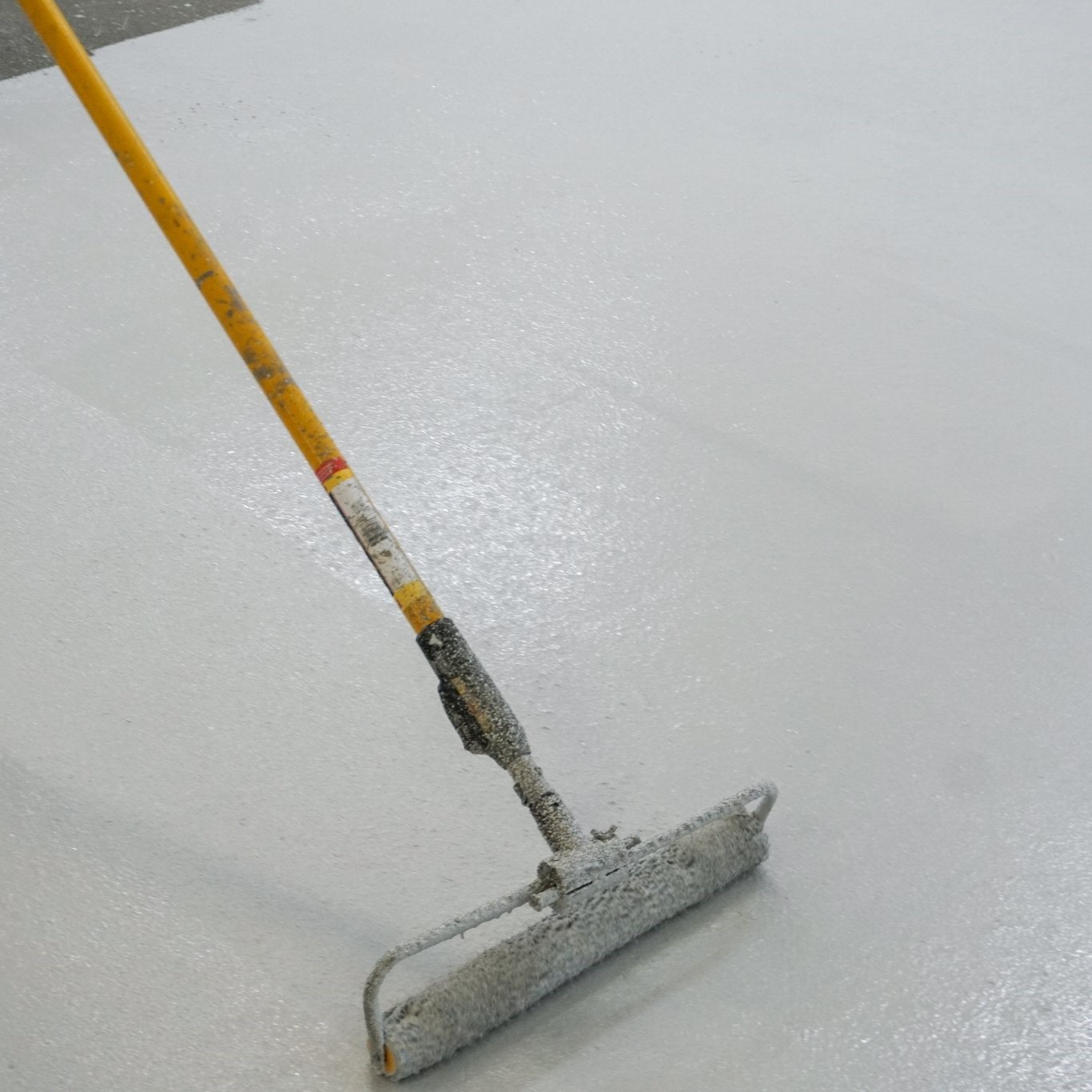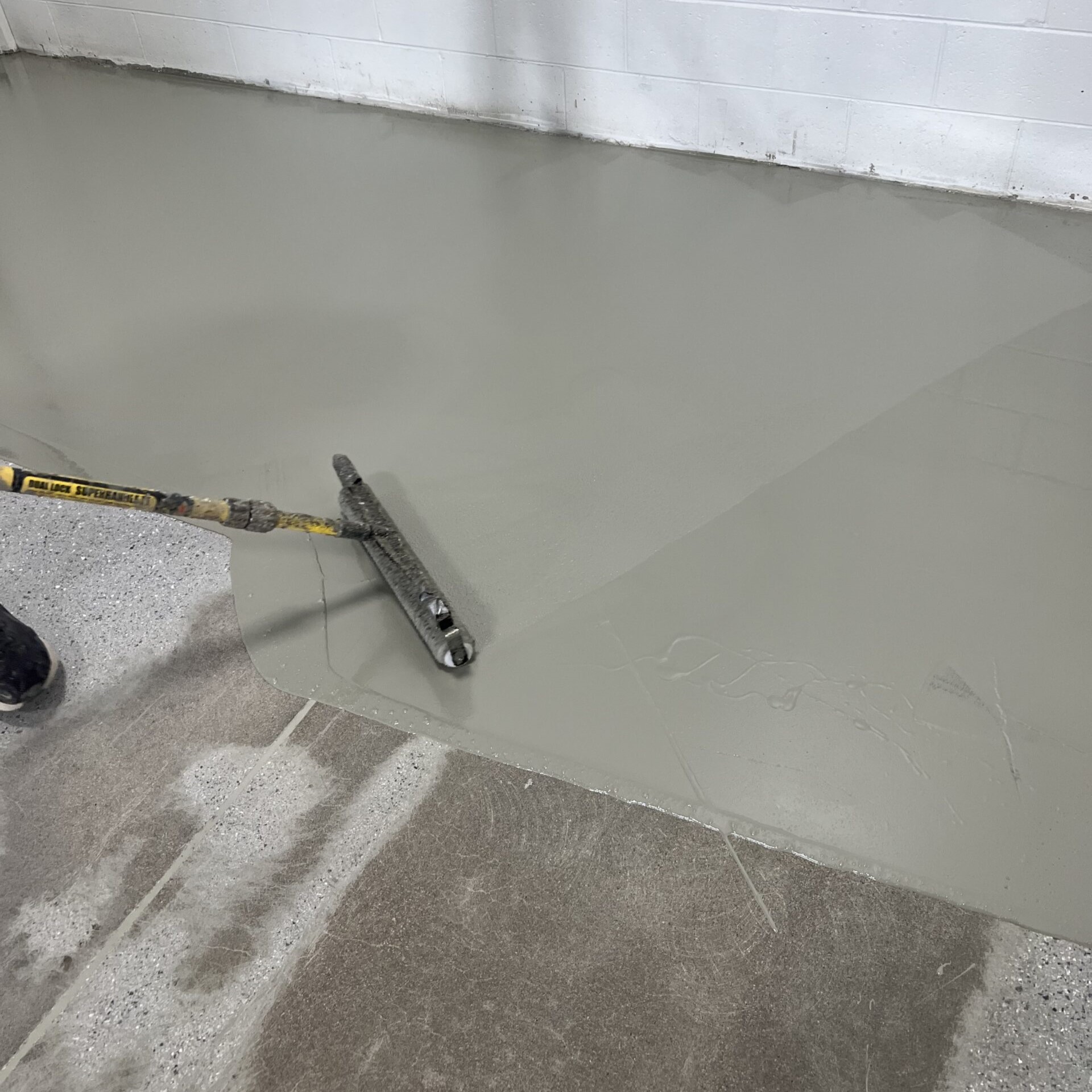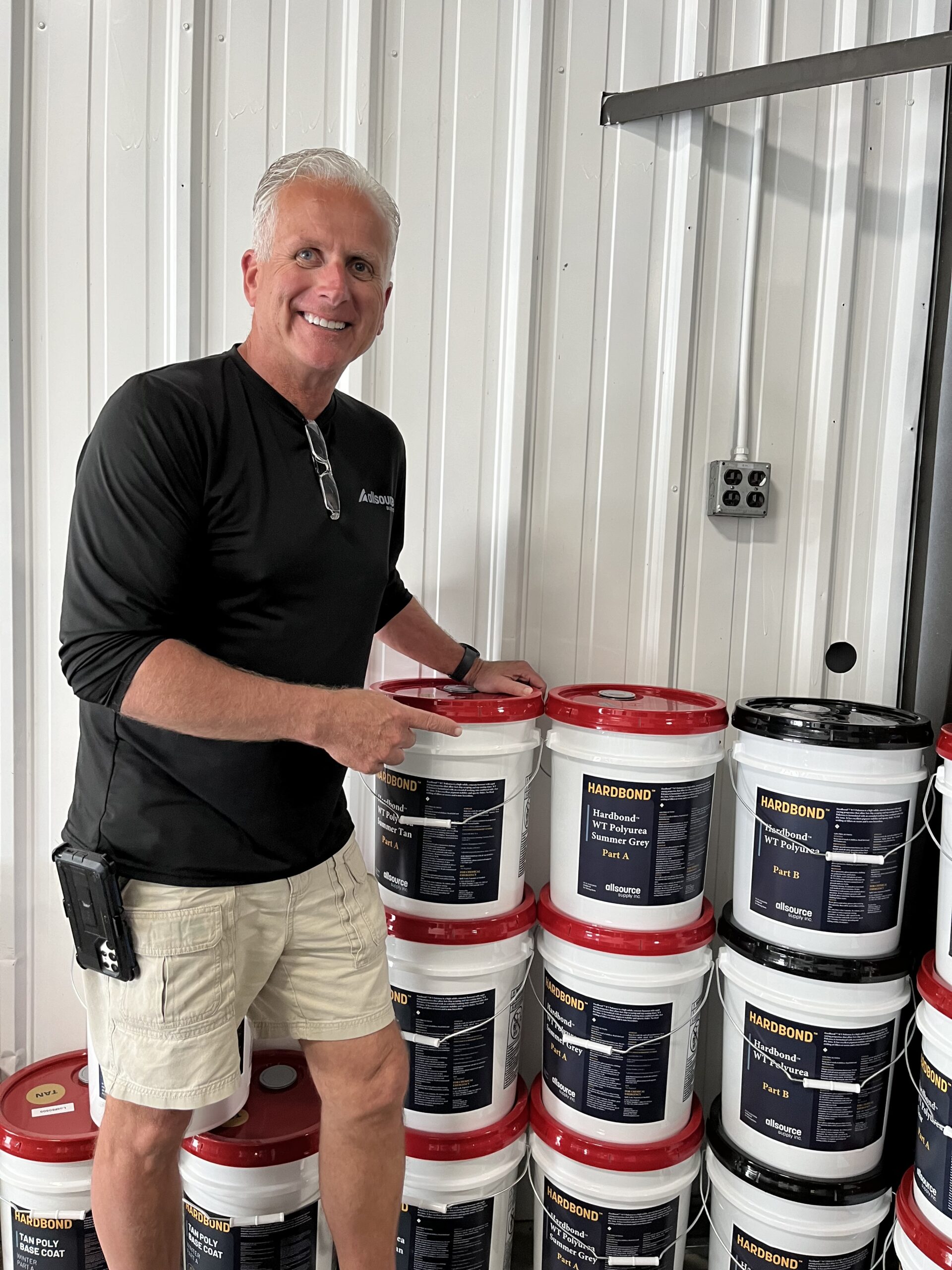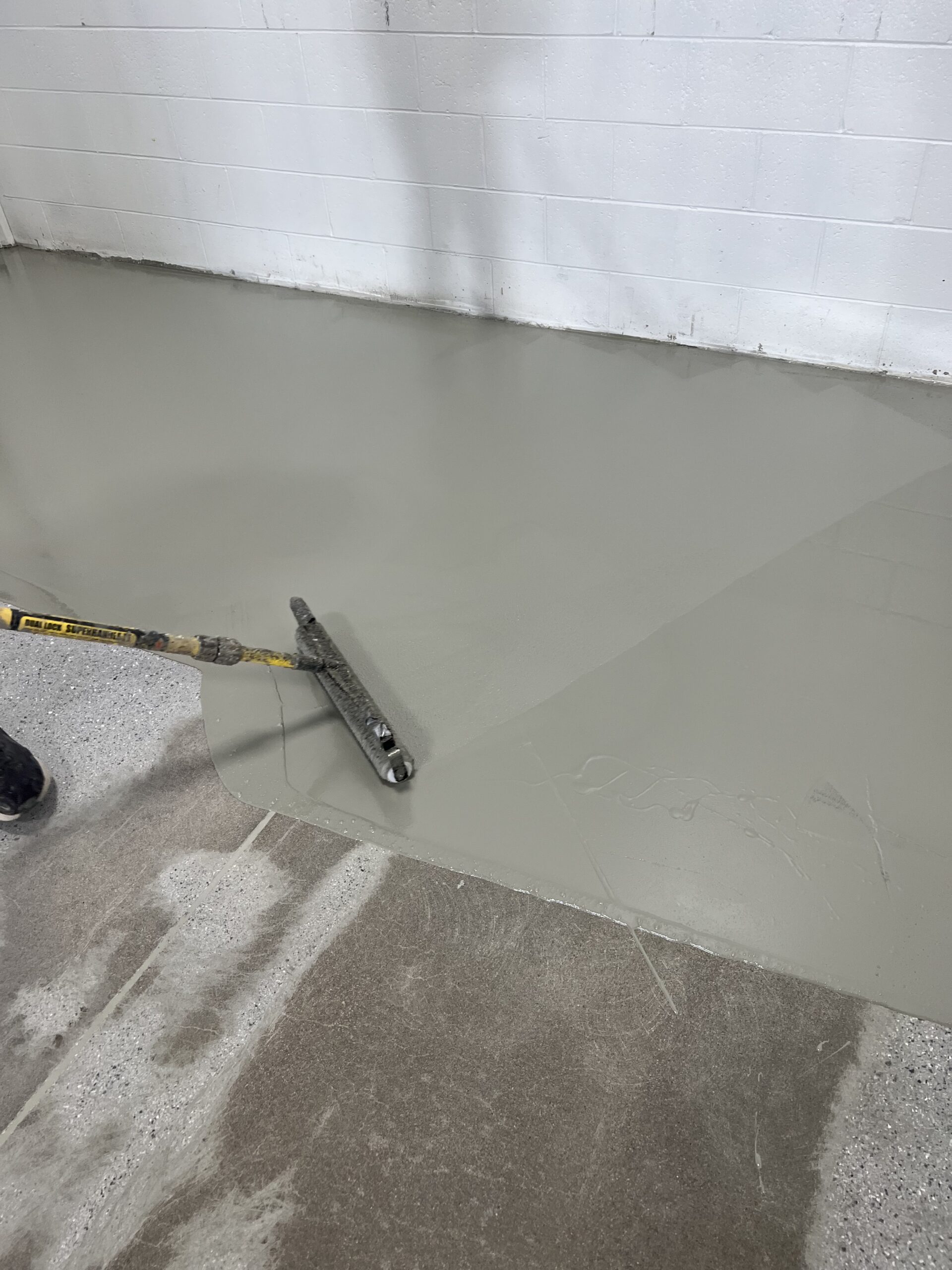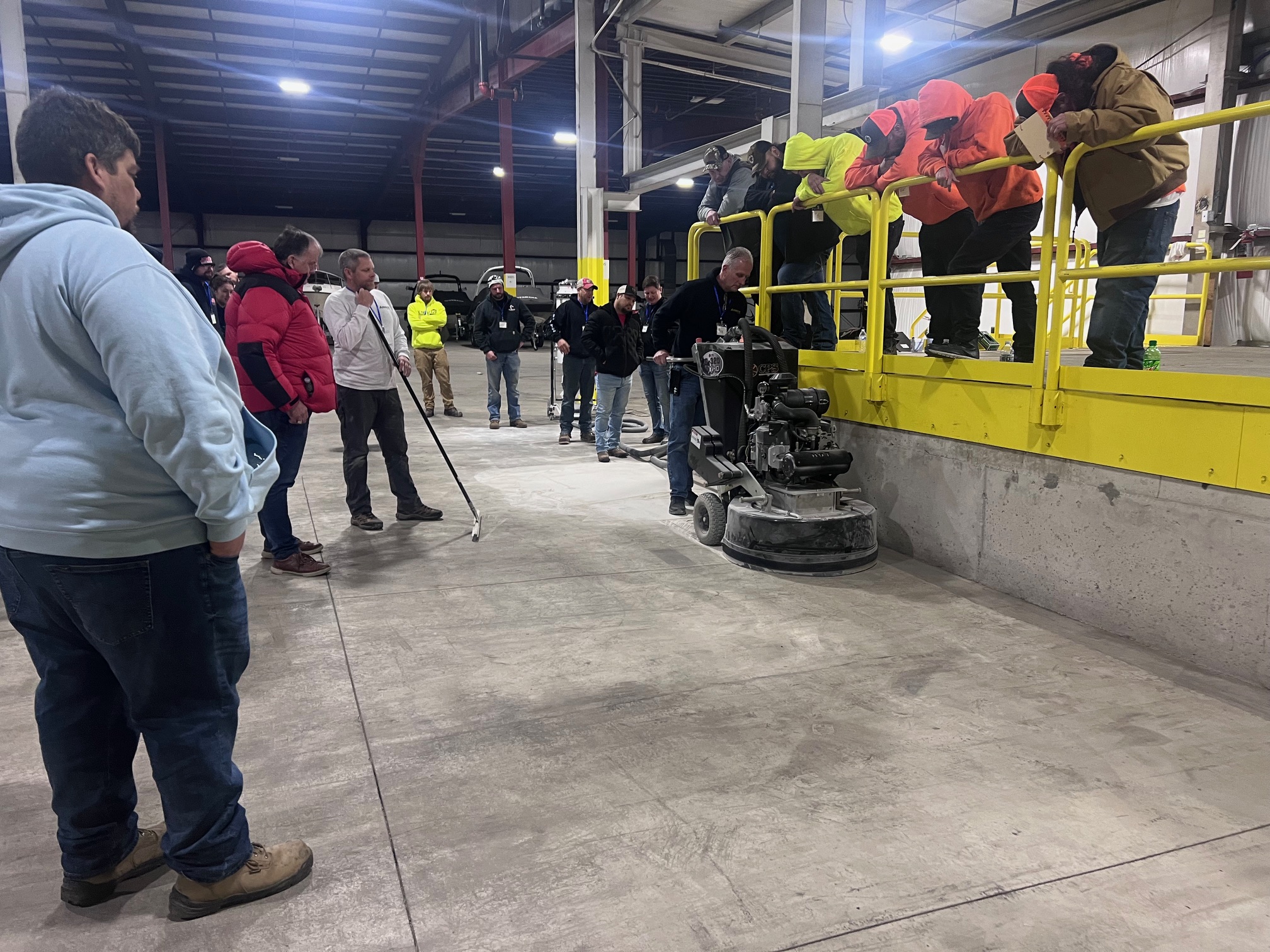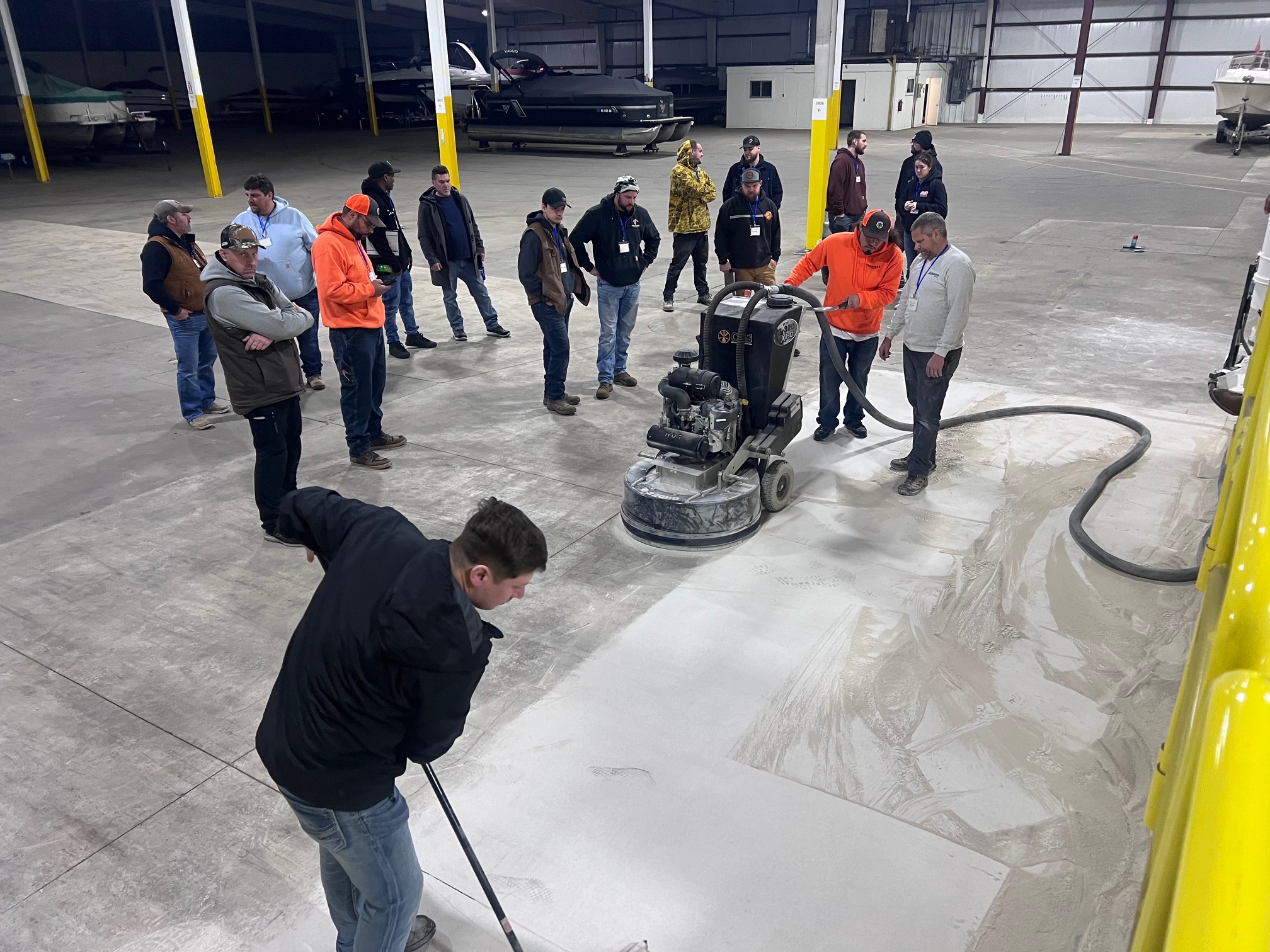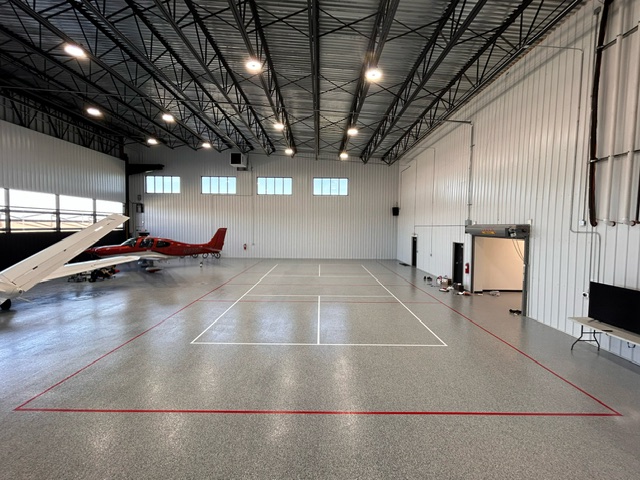
How Fast Can You Return Polyaspartic Floor Coatings to Service?
Under standard conditions, polyaspartic floor coatings can be returned to light foot traffic in 2–4 hours and cured for vehicle traffic within 72 hours and a full cure in two weeks.
Time is one of the most valuable assets on any jobsite. Every hour a floor remains unusable affects operational continuity, scheduling, and client satisfaction. For contractors and coating professionals looking to reduce downtime without compromising durability or chemical resistance, polyaspartic floor systems have become the go-to solution.
This article outlines what factors affect cure time, how polyaspartic chemistry enables accelerated turnaround, and how to plan your workflow for maximum efficiency and performance.
Why Turnaround Time Is a Key Performance Indicator
For commercial and industrial flooring projects—garages, warehouses, retail spaces, and production areas—fast return-to-service is often a project requirement, not a luxury. Whether due to occupancy deadlines or operational constraints, minimizing downtime is essential for:
What Makes Polyaspartic Systems Cure Faster?
Polyaspartics are a subtype of aliphatic polyurea, offering rapid reactivity and flexibility in installation environments. The key technical advantage is fast cure at ambient or even low temperatures.
Key Properties That Enable Fast Return to Service:
The result is a system that allows for single-day turnaround in many residential and commercial jobs, and minimal disruption in occupied or time-sensitive facilities.
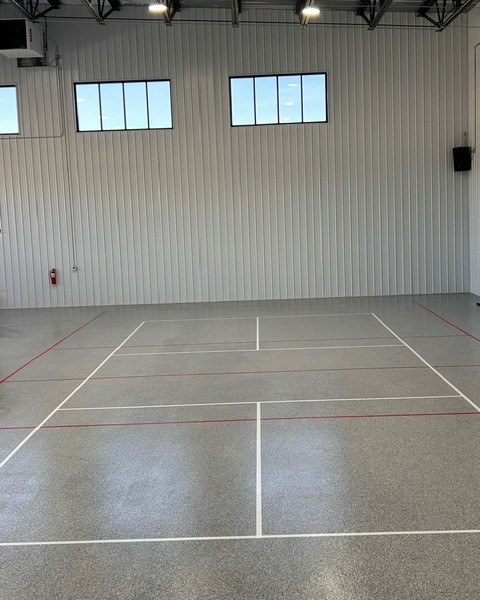
Polyaspartic floor coating
Breakdown of Return-to-Service Timelines
While product-specific data sheets should always guide job-site expectations, the following is a general performance range for polyaspartic floor coating systems:
|
Application Milestone |
Time Estimate (Standard Conditions) |
|
Recoat Window |
30 minutes to 2 hours |
|
Light Foot Traffic |
2–4 hours after the final coat |
|
Heavy Foot Traffic |
6–8 hours |
|
Vehicle Traffic (e.g., Garage) |
72 hours |
|
Full Chemical Resistance |
7 -14 days (varies by exposure class) |
These timelines assume ambient conditions of 70–80°F and 30–60% RH. Environmental deviations can lengthen or shorten these intervals significantly.
Factors That Affect Cure Time and Jobsite Readiness
Even with fast-curing chemistry, actual return-to-service is contingent on multiple environmental and procedural variables. Understanding factors that affect cure time can help contractors avoid delays and callbacks.
1. Ambient and Substrate Temperature
Polyaspartics are thermosetting resins. Cure speed accelerates with warmth and slows in cold environments. Always check both ambient and substrate temperature before application.
Best Practice: Use an infrared thermometer on the slab surface before each coat.
2. Humidity and Air Movement
Humidity impacts open time and cure behavior. Higher RH can shorten pot life, while poor air movement may trap solvents, slowing dry times or causing surface issues.
3. Film Thickness
Exceeding the recommended mil thickness can lead to solvent entrapment or soft films. Polyaspartics are designed for high-solids, thin-film applications.
Use a wet film gauge during application to monitor build.
4. Substrate Moisture
Elevated moisture vapor emission rate (MVER) or relative humidity within the concrete slab can interfere with adhesion and cure.
Conduct calcium chloride or in-situ RH tests as required by project scope.
5. Application Techniques
Different tools—rollers, squeegees, or sprayers—affect coverage and cure. Thicker sections from squeegee puddling, for example, may dry unevenly.
Application of polyaspartic floor coatings
AllSource’s Polyurea Solid Color System
Contractors using AllSource Supply Inc.’s Polyurea Solid Color System consistently report high-efficiency turnaround. The system consists of:
This system is typically walkable in 2–3 hours, recoatable in under 90 minutes, and vehicle-ready within 72 hours under normal conditions.
Application Note: Always refer to the individual product technical data sheets for specific cure profiles, working times, and environmental requirements.
- Allsource Polyurea Solid Color System
Planning for Fast Turnaround Without Compromising Quality
While speed is an advantage, compressing cure time without considering system integrity can lead to issues such as bubbling, delamination, or premature wear. Here’s how to avoid common pitfalls:
Who Benefits from Fast Return-to-Service Systems?
➤ GARAGE FLOOR INSTALLERS
One-day systems have become the industry standard. Contractors can prep, coat, and hand over the garage floor coating job within a 24-hour cycle.
➤ RETAIL OR OFFICE RENOVATION PROJECTS
After-hours or weekend installs demand coatings that are ready for foot traffic by the next morning. Polyaspartics enable office floor coating within this timeline without compromise.
➤ INDUSTRIAL MAINTENANCE CREWS
Facilities needing rapid shutdown and restart cycles—like food processing or logistics centers—require durable systems that cure fast and resist aggressive cleaning agents.
Field Training and Technical Support
Adopting polyaspartic systems requires updated knowledge and field discipline. AllSource Supply supports contractors through:
- Application training (in-person and online)
- Technical documentation, including SDS, TDS, and spread rate calculators
- Live jobsite support for troubleshooting and efficiency recommendations
We conduct floor coating trainings to help coating professionals implement polyaspartic systems safely and efficiently, especially when transitioning from epoxy workflows.
- Floor Coating Taining
- Onsite Trainings held by the Allsource Team
Frequently Asked Questions
Choose Speed Without Sacrificing Quality
There’s no need to compromise between speed and durability. With the right quality concrete coatings supply, a properly trained crew, and reliable technical support, you can deliver fast, long-lasting floors that your clients will rave about.
Polyaspartic floor coatings offer a distinct advantage in time-sensitive projects.
When correctly specified and applied, they enable return-to-service in 24 hours or less, a timeline unmatched by traditional epoxy or urethane systems.
However, product selection alone does not guarantee performance. Environmental monitoring, crew training, and concrete surface preparation all play equal roles in ensuring fast, reliable outcomes.
To review technical data or schedule a training session, contact the Allsource team (833-663-4255). Our team assists contractors nationwide with system selection, surface prep guidance, and jobsite troubleshooting.
- How Long Does Concrete Coating Last, and How Do You Maintain It? - January 7, 2026
- Concrete Floor Supply Tips: How to Clean Coated Concrete Without Damaging It - January 5, 2026
- How Weather Conditions Affect Concrete Floor Coatings: Durability and Best Practices - December 29, 2025


